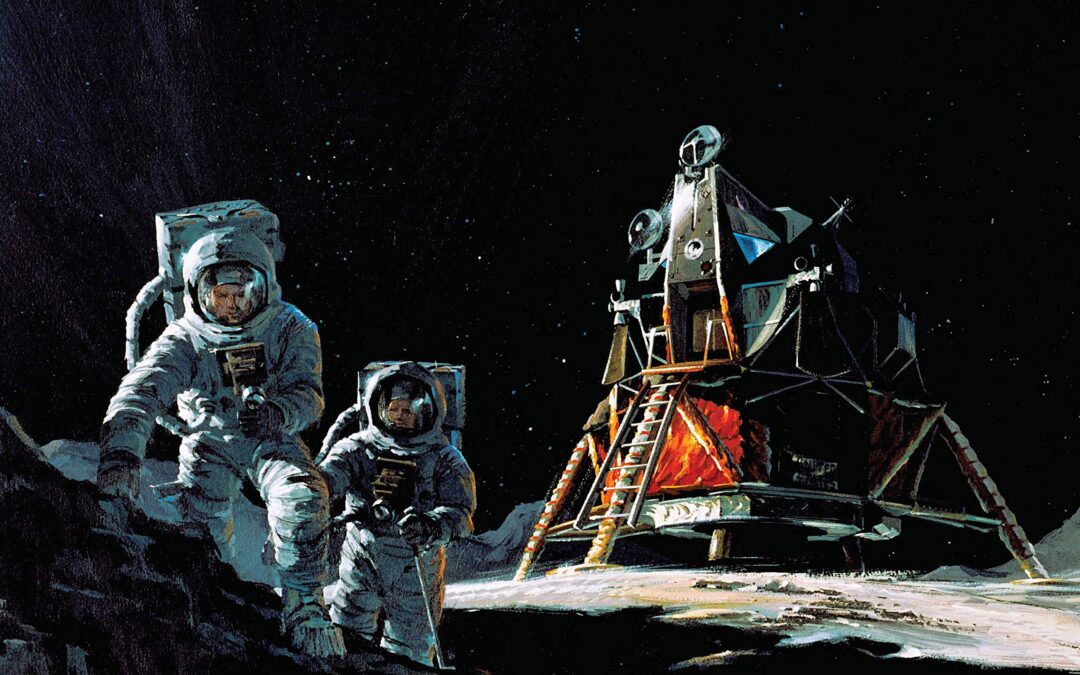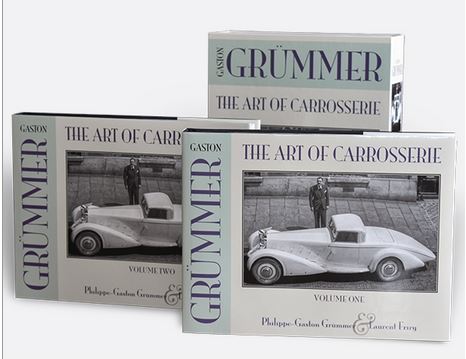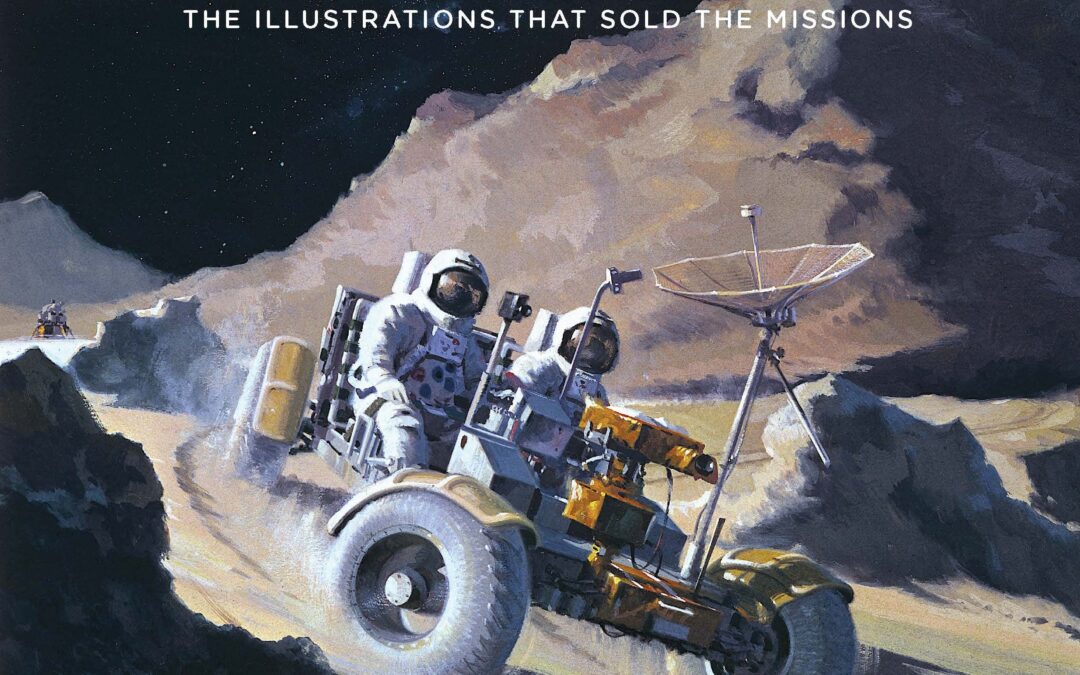
In this expanded collector’s edition of The Art of NASA, complete with a paper model Lunar Module and a poster, explore over 200 stunning artworks commissioned by NASA to sell its missions.
Formed in 1958, NASA has long maintained a department of visual artists to depict the concepts and technologies created in humankind’s quest to explore the final frontier. Culled from a carefully chosen reserve of approximately 3,000 files deep in the NASA archives, the 200+ awe-inspiring illustrations presented in this special boxed edition are complemented by:
- 32 pages of new material
- A paper model of the Lunar Module
- A rolled poster
- A sheet of four postcards
- A new foreword by astronaut Tom Jones
From space suits to capsules, from landing modules to the Space Shuttle, the International Space Station, and more recent concepts for space planes, The Art of NASA presents 60 years of American space exploration in an unprecedented fashion. All the landmark early missions are represented in detail—Gemini, Mercury, Apollo—as are post-Space Race accomplishments, like the mission to Mars and other deep-space explorations.
The insightful text relates the wonderful stories associated with the art. For instance, the incredibly rare early Apollo illustrations show how Apollo might have looked if the landing module had never been developed. Black-and-white Gemini drawings illustrate how the massive NASA art department did its stuff with ink pen and rubdown Letraset textures. Cross-sections of the Apollo–Soyuz Test Project docking adapter reveal Russian sensitivity about US “male” probes “penetrating” their spacecraft, thus the androgynous “adapter” now used universally in space. International Space Station cutaways show how huge the original plan was, but also what was retained.
Every picture in The Art of NASA tells a special story. This collection of the rarest of the rare is not only a unique view of NASA history—it’s a fascinating look at the art of illustration and a glimpse of NASA history like no other.
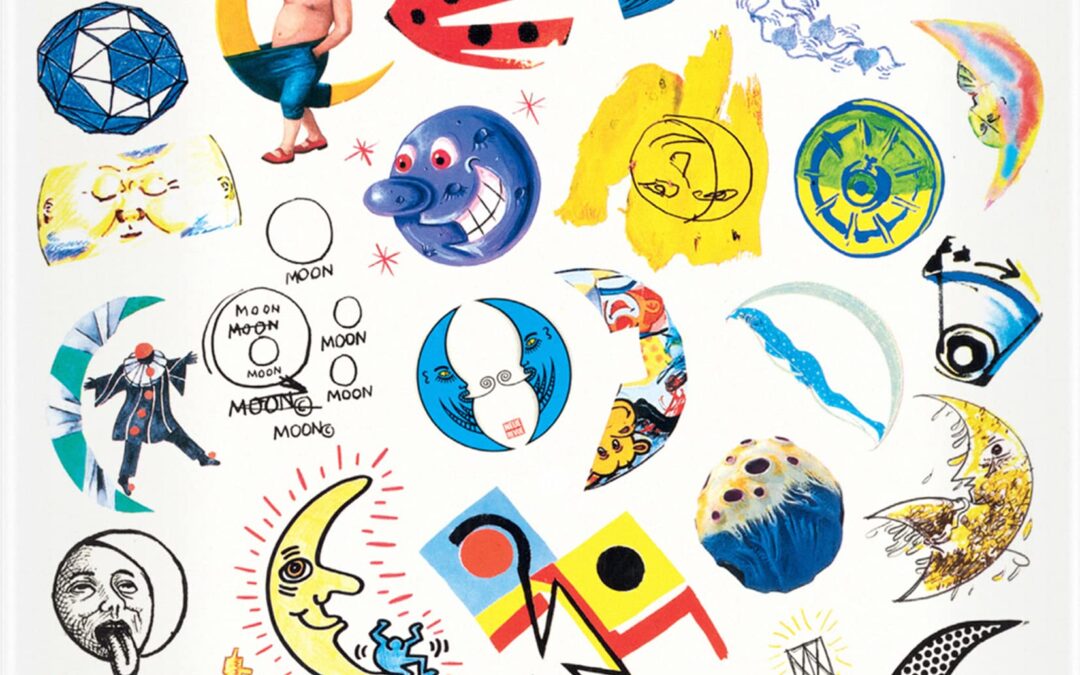
A landmark book documenting the first-ever art amusement park – launched in 1987 in Hamburg, Germany – in anticipation of its global reintroduction
In the late 1980s, more than 30 of the era’s most acclaimed artists – including Jean-Michel Basquiat, David Hockney, Roy Lichtenstein, Salvador Dalí, and Keith Haring – designed unique and fully operational fairground attractions specifically for the original park, including rides, interactive sculptures, games, performances, and music.
Each artist’s contribution is documented in photographs that show the artist at work, with details of the artworks, and showing the art in the context of the exhibition. Giving access to rare artworks that have not been widely viewed in 35 years, this book is being published for the first time in English with an updated preface.
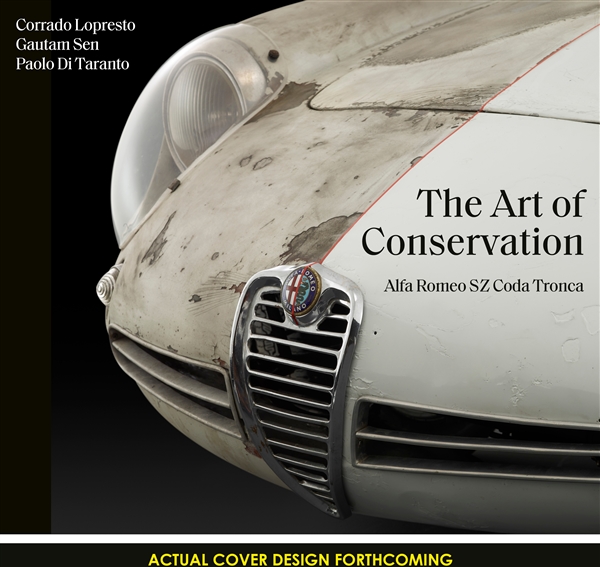
Pre-order now for early 2023 delivery
The story of rediscovering a very important historic vehicle and its conservation whereby the car has been treated as a work of art, saving as much as possible of the amazingly well preserved original. Drawing on art and archaeological techniques, prominent Italian collector Corrado Lopresto decided to clean only half the car, leaving the other half frozen in time. In the uncleaned half, Lopresto preserved everything (including the dust) under a thin layer of transparent matt lacquer. The cleaned part has not been restored either, but has been saved by retouching in such a way that the original aspects are not affected. This book “Alfa Romeo SZ Coda Tronca: The Art of Conservation” captures the rediscovery of this historic vehicle and the way it has been preserved – a fascinating tale of art meeting automobile. A very significant car in terms of aerodynamics and body design, this is the specific car on which the evolution from the Coda Tonda version of the Alfa Romeo Giulietta SZ to the Coda Tronca was executed
- Hidden for the best part of five decades, the car was rediscovered in the United States in a perfectly preserved state
- Acquired by the legendary Italian collector Corrado Lopresto, one half of the car has been conserved, and the other half has received light restoration to preserve the car in as original a state as possible, making it a unique experiment and example of conservation processes and concepts
- Not only did it win the Best Preserved Award at the Concorso Eleganza Villa d’Este in 2016, it also headlined the special exhibition of historic vehicles at UNESCO, Paris
- No doubt one of the most significant cases of a barn find, which has been preserved in the best possible way, thereby providing an example for the future
- Hard cover with dust jacket

Join “The Barn Find Hunter” Tom Cotter for a thrilling, illustrated behind-the-scenes look at how he deploys his well-honed auto-archaeology skills to ferret out amazing collector car stashes.
Since 2016, author Tom Cotter has been The Barn Find Hunter for an ongoing series sponsored by Hagerty Classic Insurance and found on their popular YouTube channel. Since that time, Cotter and crew have filmed more than 100 episodes throughout the US and even visited the UK. Some of Cotter’s most popular episodes have views in excess of 5 million!
Cotter has uncovered everything from pre-WWII classics to postwar exotics like Porsche, Jaguar, and Ferrari. He’s a dyed-in-the-wool car guy, and the collectors he finds can’t resist sharing their treasure and revealing the stories behind their stashed cars.
In Secrets of the Barn Find Hunter, Cotter gives you an entertaining and informative look at how he works his barn-find magic, offering tips, hard-won perspectives, and why the thrill of discovery never dies in his pursuit of the next “lost” car. The book is illustrated throughout with images from his most epic finds.
Attend any auction or any car show and it’s immediately clear that collectors cannot get enough of barn-find and survivor vehicles and the stories behind them. In Secrets of the Barn Find Hunter, Cotter takes you along for what has been the ride of his lifetime.

Because the basics are largely unchanging, the book therefore is applicable to large airplanes and small, old airplanes and new, and is of interest not only to the learner but also to the accomplished pilot and to the instructor himself. When Stick and Rudder first came out, some of its contents were considered highly controversial. In recent years its formulations have become widely accepted. Pilots and flight instructors have found that the book works. Today several excellent manuals offer the pilot accurate and valuable technical information. But Stick and Rudder remains the leading think-book on the art of flying.
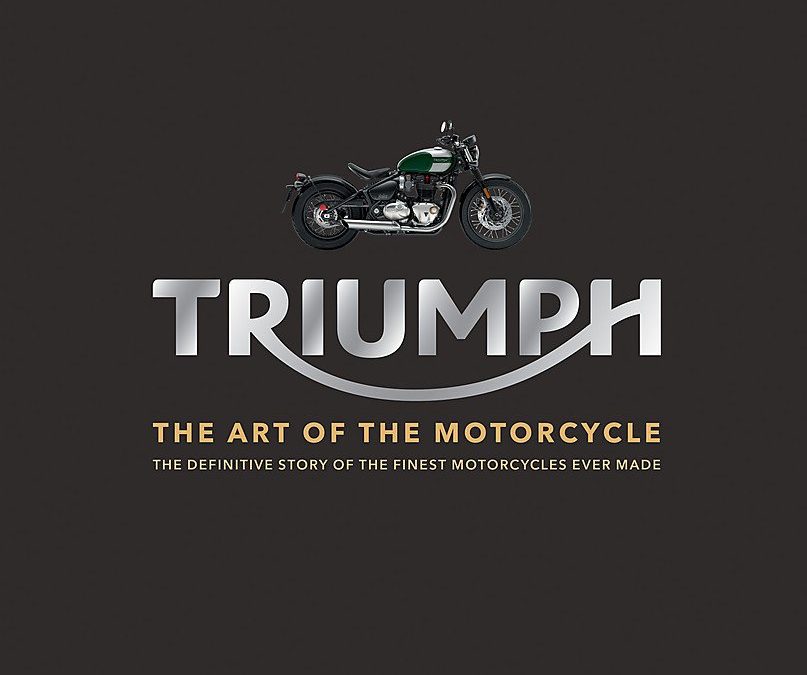
This is the definitive story of Triumph, told through 130 years of its magnificent motorcycles.
Created with support from Triumph and with a foreword from CEO Nick Bloor, The Art of the Motorcycle is a celebration of Triumph’s most beautiful bikes, and an essential companion for any fan.
Marlon Brando rides a Triumph 6T Thunderbird in The Wild Ones. The longest jump of Evil Knievel’s career was on a Triumph. Famous owners include Elvis, Bob Dylan, Brad Pitt and Prince Harry. From its birth in 1886, the Triumph brand has created some of the world’s finest – and most famous – motorcycles. This book is a celebration of that brand.
With previously unseen images from the Triumph archives, design sketches and behind-the-scenes information, this book is a chronological look at the most important and beautiful Triumph motorcycles, from its founding right up to the launch of the latest machine. Insightful text and stunning photography make this a must-have for all motoring enthusiasts.
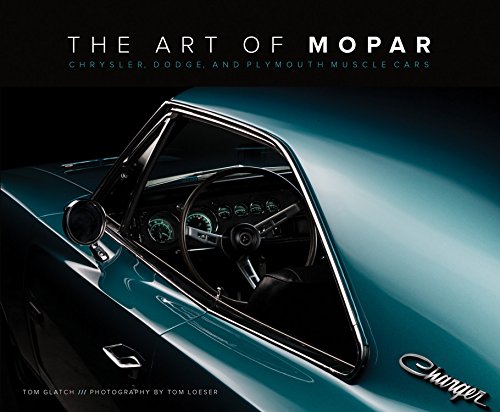
The history of Chrysler Corporation is, in many ways, a history of a company floundering from one financial crisis to the next. While that has given shareholders fits for nearly a century, it has also motivated the Pentastar company to create some of the most outrageous, and collectible, cars ever built in the United States.
From the moment Chrysler unleashed the Firepower hemi V-8 engine on the world for the 1951 model year, they had been cranking out the most powerful engines on the market. Because the company pioneered the use of lightweight unibody technology, it had the stiffest, lightest bodies in which to put those most powerful engines, and that is the basic muscle-car formula: add one powerful engine to one light car.
When the muscle car era exploded onto the scene, Chrysler unleashed the mighty Mopar muscle cars, the Dodges and Plymouths that defined the era. Fabled nameplates like Charger, Road Runner, Super Bee, ‘Cuda, and Challenger defined the era and rank among the most valuable collector cars ever produced by an American automaker.
Featuring cars from the incomparable Brothers’ Collection, The Art of Mopar: Chrysler, Dodge, and Plymouth Muscle Cars celebrates these cars in studio portraits using the light-painting process perfected by Tom Loeser. It is the ultimate portrayal of the ultimate muscle cars.
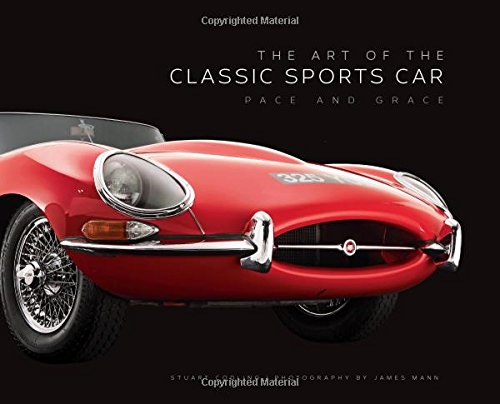
The most fun you can have on four wheels
Sports cars are the athletes of the automotive world. Always nimble and quick, often powerful, sports cars fly where other cars lumber, and dash where others plod. The definition of a sports car is somewhat fluid, and the question “What was the first sports car?” will often incite a heated debate among enthusiasts. Still, most car fans feel that they know a sports car when they see one and when asked to name a few will rattle off a remarkably similar list of name plates: Jaguar, Corvette, Triumph, MG, Aston Martin, Ferrari, Lotus, Alfa-Romeo, BMW. Pressed harder, more exotic and obscure brands will emerge: DB, Alpine, Bugatti, Lancia.
Sports cars have offered road and track excitement for nearly 100 years. The original cars evolved for racing, but their appeal and popularity ensured that production versions were soon available for those whose sporting intents never left the boulevard or winding back road.
Along the way, sports cars became more comfortable, sometimes almost practical, and above all handsome. But never have they been boring.
The Art of the Classic Sports Car offers enthusiasts a beautifully illustrated review of several decades of high-performance cars, featuring cars from around the globe all shot in the studio to ensure a handsome and desirable book. Each featured car includes a profile discussing the car’s place in sports car history along with technical and performance specs as well as a smattering of historical images and period ads.

Three quarters of a million people are in a plane somewhere right now. Many millions travel by air each day. For most of us, the experience of being in an airport is to be endured rather than appreciated, with little thought for the quality of the architecture. No matter how hard even the world’s best architects have tried, it is difficult to make a beautiful airport.
And yet such places do exist. Cathedrals of the jet age that offer something of the transcendence of flight even in an era of mass travel and budget fares. Here are twenty-one of the most beautiful airports in the world.
The book features:
Wellington International Airport, ‘The Rock’ shaped like the dangerous cliffs of a local legend
Kansai International Airport, Renzo Piano’s gigantic project built on three mountains of landfill
Shenzhen International Airport, a manta ray shaped terminal putting this booming region on the map
Daocheng Yading Airport, the world’s highest civilian airport in the middle of the Tibetan mountains
Chhatrapati Shijavi International Airport, rising from the slums of Mumbai like a Mogul palace
Queen Tamar Airport, a playfully iconic modern airport nestled in the mountains of Georgia
King Abdulaziz International Airport, the gateway to Mecca resembling a Bedouin city of tents
Pulkovo Airport, mirroring the city of St Petersburg with bridges, squares and art
Berlin-Tegel Airport, ultramodernity, 1970s style
Copenhagen Airport, an icon from the golden age of air travel
Franz Josef Strauß Airport, sober and easy to negotiate, Munich’s model airport
Paris Charles du Gaulle Airport, the brutalist icon that launched the career of airport architect Paul Andreu
London Stansted Airport, Norman Foster’s return to the golden age of air travel
Lleida-Alguaire Airport, a relic of Catalonia’s early 21st century building boom
Madrid-Barajas Airport, Richard Rogers and Antonio Lamela’s calm, bamboo-panelled Terminal 4
Marrakesh Ménara Airport, a blend of 21st century construction and traditional Morrocan design
Santos Dumont Airport, Rio de Janeiro’s modernist masterpiece
Carrasco International Airport, Rafael Viñoly’s design inspired by the sand dunes of his native Uruguay
Malvinas Argentinas International Airport, echoing the mountains and glaciers of Tierra del Fuego
John F Kennedy International Airport, Eero Saarinen’s glamorous jet-age TWA terminal
Spaceport America, a vision of the future in the New Mexico desert

After building his first race cars out of southern Louisiana junkyards, Bob Riley quickly established himself as a leading light, if not genius, when it came to race car design. His first major suspension design helped Henry Ford II make good on his vendetta to beat Enzo Ferrari at Le Mans. Riley’s first radical Indy car designs with its ingenious center hub mounted suspension resulted in A.J. Foyt’s landmark fourth victory at the Indianapolis 500 in 1977. Since then, Riley has continued to be at the heart of the world of motorsports, working with its most famous drivers at the biggest events, including the Daytona 500, where his engineering helped Dale Earnhardt finally win NASCAR’s marquee event.
Americans love the “genius” angle like everyone else. They love winners. Sports stars are overtaking Hollywood these days in popularity. Racing readers are a small but predictable group and suspect the generation familiar with Bob’s exploits at Indy would be keen on a book like this. They’re the same age group pumping up the vintage magazine market and the collectible car market.

SOLD OUT
Written by a professional, Driving on the Edge covers the basic skills and reveals the latest advanced techniques for driving a racing car on the limit. Essential reading for beginner and experienced driver alike, it will also interest race team engineers and car enthusiasts who want to peek behind the scenes to learn more about the challenging world of the racing driver.

Drifting is the newest, most exciting motorsport we have seen in the United States since the invention of the limited slip differential – it may even be the most exhilarating contest man and machine ever devised!
From the winding mountain passes and desolate industrial roads of Japan, this unique sport of sliding a car sideways through a series of corners has become a huge hit in America. Drift, or dorifto as they call it Japan, extracts the most exciting portion from various forms of auto racing – the four-wheel drift – and makes it the focus of an extremely intense and visually intoxicating new motor sport.
How to Drift: The Art of Oversteer is a comprehensive guide to both driving technique and car setup. The author explains various styles and methods of drifting, and provides technical physical descriptions and detailed line art and photos. He goes on to explain how you need to modify your car’s suspension, chassis, engine, and driveline to enhance its ability to drift.
This book contains more than 350 photos and detailed line drawings.
The photos in this edition are black & white.
CHRIS PFOUTS
Zen and the Art of Motorcycle

General Motors has been a world leader in automotive design for 100 years. No other large scale automobile manufacturer has put such energy and resources into creating cars that are as beautiful, colorful, and forward thinking. Coachbuilt Press is honored to tell this important story through the words of the world’s great automotive historians, journalists, and designers: Phil Patton, Terry V. Boyce, Michael Lamm, Jerry Burton, Tracy Powell, Tony Hossain, Lawrence R. Gustin, Jeffrey I. Godshall, Ed Welburn, Ken Gross, and Richard S. Adatto. Unique historical images and artwork are complimented by the insightful, contemporary photographs of Michael Furman. Foreword by Bob Lutz; introduction by Nicola Bulgari; edited by Jonathan A. Stein.
The Art of Scott Jacobs
The Art of the Jeep
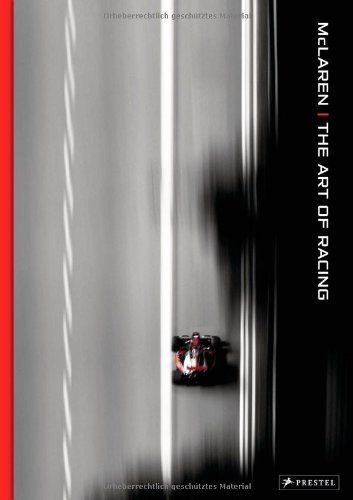
“The McLaren racing team takes readers inside the organization that makes and drives the fastest cars on the planet. With a brand new $300 million track opening in the 2012 season in Austin, Texas, the time has never been riber to learn the Art of Racing with McLaren. In the world of Formula One, the name McLaren is synonymous with precision, professionalism, and speed, but most of what the public knows about McLaren takes place on the raceway and in the pit stops. Focusing not just on champion drivers Lewis Hamilton and Jenson Button, Grand Prix action and the race-day engineers, but the vast team of experts it takes to bring this global brand to the races, this lavishly illustrated book takes readers behind the scenes at the £40M Norman Foster-designed McLaren Technology Centre to capture not just the people and the cars, but the testing and technology behind the world’s most successful F1 team. Granted unprecedented access to the inner workings of McLaren on and off the race-track, photographer Darren Heath and F1 rxpert Maurice Hamilton trace the evolution of a racing car from the moment of conception on the computer screen to the final race at the end of the season. The story they tell is as colorful and exciting as a Grand Prix itself.
“





